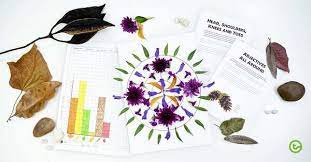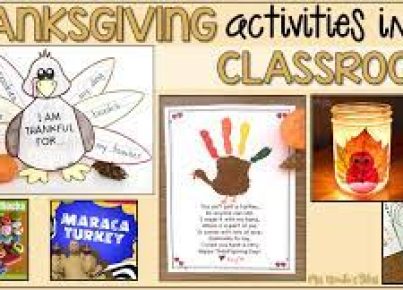The integration of natural resources into classroom learning is a groundbreaking approach that brings the environment into education. This practice can significantly enhance students’ understanding of the world around them, foster a connection with nature, and provide a multifaceted learning experience.
Incorporating natural resources can take many forms within the educational setting. From elementary to high school, educators have the opportunity to enliven their curricula with real-world examples and hands-on experiences. For instance, science classes can benefit tremendously from the direct examination of rocks, minerals, and soil samples during geology lessons. Rather than solely relying on textbook imagery, students get to touch, feel, and see what they’re learning about, which can help to cement their knowledge through sensory engagement.
Mathematics also finds an interesting partner in nature. By measuring the growth of plants or calculating the volume of water in different states of matter, students learn mathematical concepts in a tangible and relevant context. This not only reinforces numeracy skills but also teaches them about plant biology and physical changes in matter.
Language arts classes can draw inspiration from nature by encouraging students to write descriptive essays, poems, or stories about their experiences or observations outdoors. This not only enhances vocabulary but also allows children to practice their expressive skills while being inspired by natural beauty.
One of the most significant impacts of using natural resources in education is on environmental awareness and stewardship. When children learn early on about the biodiversity around them and recognize how each element plays a role in the larger ecosystem, they are more likely to grow up valuing and protecting these resources. Moreover, bringing environmental issues closer to their experiences enables them to understand the implications of human activity on ecosystems and fosters a sense of responsibility for sustainable living.
Challenges such as accessibility to safe outdoor spaces or the supply of materials must be addressed when incorporating natural resources into teaching. Schools with limited access can turn to community parks or local nature centers that often provide educational programs and resources for classes. Virtual resources such as documentaries, online databases, and interactive applications can also serve as effective supplements when direct contact with nature is not feasible.
In conclusion, using natural resources in classroom instruction offers a dynamic way to enhance educational outcomes while promoting environmental literacy and ethical awareness among students. It embodies an engaging avenue for discovery that encourages curiosity, respect for nature, and a lifelong love for learning that permeates beyond school walls.





